With a new mayoral race on the horizon in New York City we think its time that you Know Your Mayors! Become familiar with other men who’ve held the job, from the ultra-powerful to the political puppets, the most effective to the most useless leaders in New York City history.
This longtime feature of this website is being rebooted with new articles and newly researched and refreshed earlier entries in this series. Check back each week for a new installment.
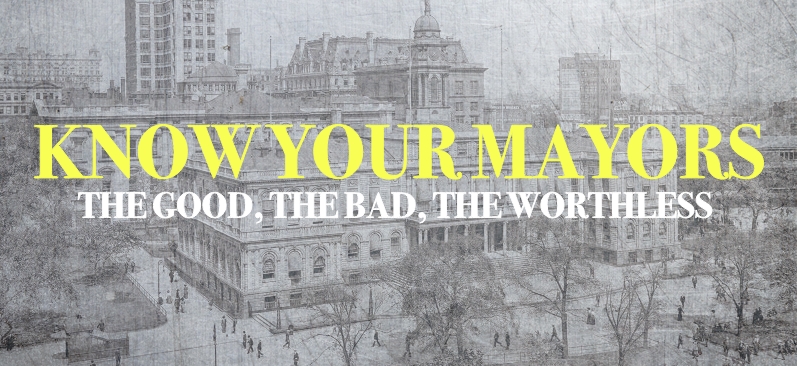
Richard Varick
Term: 1789-1801
The Federalist Mayor
La Guardia Airport. Van Wyck Expressway. The Ed Koch Queensboro Bridge. Duane Street.
While most old mayors of New York City fade into obscurity, a few leave their legacies on landmarks and street names.
In Lower Manhattan lies little Varick Street, linking the West Village to Tribeca. Drivers entering the Holland Tunnel are very familiar with Varick Street. It’s named for the man who once owned property here — Richard Varick.
He served as mayor of New York City for eleven consecutive terms — one year terms, from the fall of 1789 to 1801, making him the first New York mayor of the 19th century.
Biographer Paul Cushman calls Varick a “forgotten Founding Father” of the United States, an officer in the Continental Army and confidante of George Washington.
But perhaps his legacy had been slightly tarnished by another close association — with Benedict Arnold.
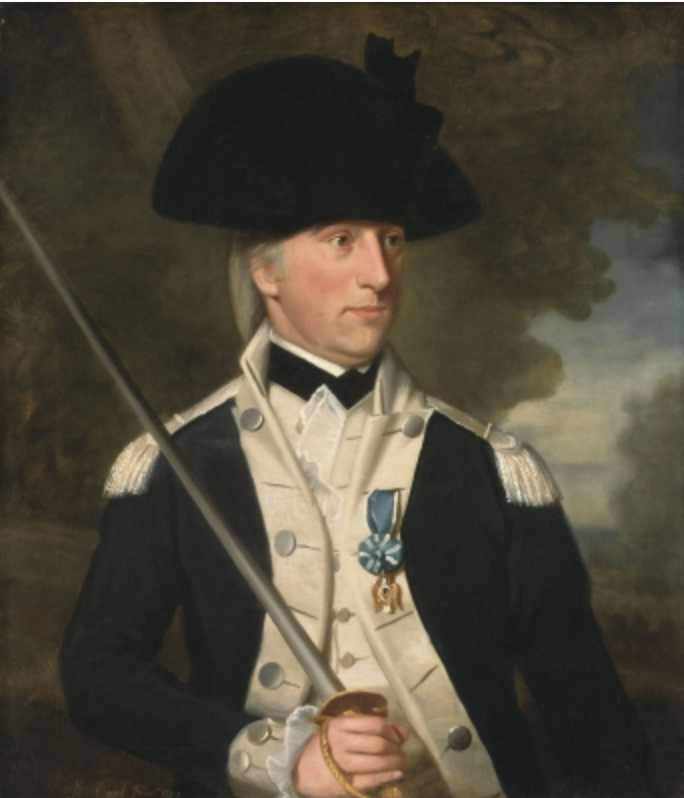
Associations with a Traitor
Richard Varick, born in Hackensack, NJ, on March 15, 1753, was the descendent of Dutch settlers, and his family history is deeply intertwined with that of early colonial New Jersey.
Richard’s fate would lie in New York where he would get his law degree in 1774 at King’s College (Columbia University), naturally becoming compatriots with those who would become revolutionaries against the British Crown.
Varick had a virtually unblemished military record during the Revolutionary War but for one unfortunate association.
During the early days of battle he served as secretary to General Philip Schuyler, later father-in-law to Varick’s friend Alexander Hamilton. He swiftly moved on as inspector-general of the newly formed military base at West Point (it wouldn’t become a military academy until 1802) where he would become entangled with a potential political albatross — Benedict Arnold.
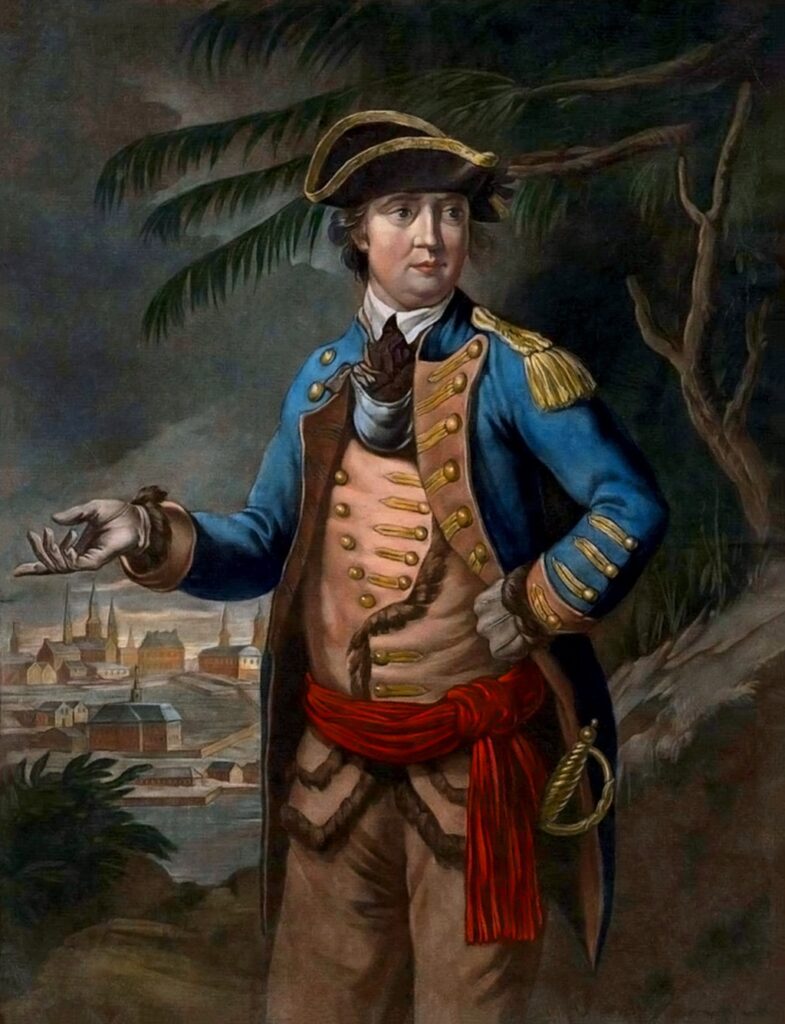
Serving as Arnold’s loyal aide-de-camp, he was unaware that his friend was selling West Point — and the American cause — down the river, plotting to trade the base’s secrets to the British.
Arnold’s treachery was found out, and it comes as no surprise that Varick too was suspected of treason, but was later exonerated. The stench of rumored betrayal was alleviated when Varick was appointed Washington’s personal secretary in the later days of the Revolutionary War.
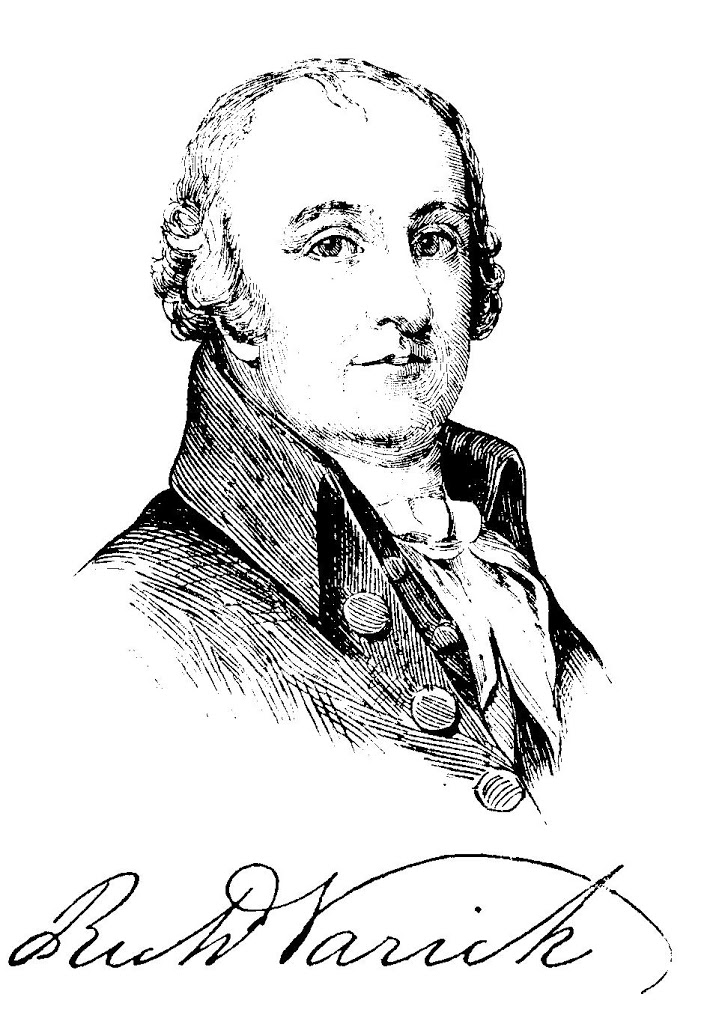
The Ultimate Multi-tasker
Not one to let one sticky political association bog him down, Varick was appointed a recorder of New York City once the British were swept out of town. But that’s not all.
In those days, with so many positions in the newly formed government and so few men with experience, Varick soon held other jobs concurrently — including speaker of the New York State assembly and even the state attorney general!
“A simple explanation of the prevalence of a few public-spirited civic servants holding multiple offices in these times,” writes Paul Cushman, “might relate to the fact that these were unusual and non-recurring moments in the development of government. The offices in the evolving government were still quite malleable. “
The amount of ink and parchment used by Varick in these various jobs — not to mention his wartime correspondence — must have been astounding. Indeed forty-four folio volumes known as the Varick Transcripts, collecting his various papers from 1775 to 1785 (including his correspondence with Washington), are housed at the Library of Congress.
But in 1789 came his most intriguing government appointment — mayor of New York, a role in which he was appointed eleven consecutive times by the Council of Appointment. (Previous mayor James Duane stepped down to become a judge. See the previous article of Duane for a breakdown on the appointment process.)
How could one man with so many jobs take on this responsibility as well? Cushman explains: “A part-time occupant as mayor, not yet burdened with a host of defined civic duties or a subordinate staff to manage, could carry out several tasks simultaneously, with the mayoral duties being just one of many.“
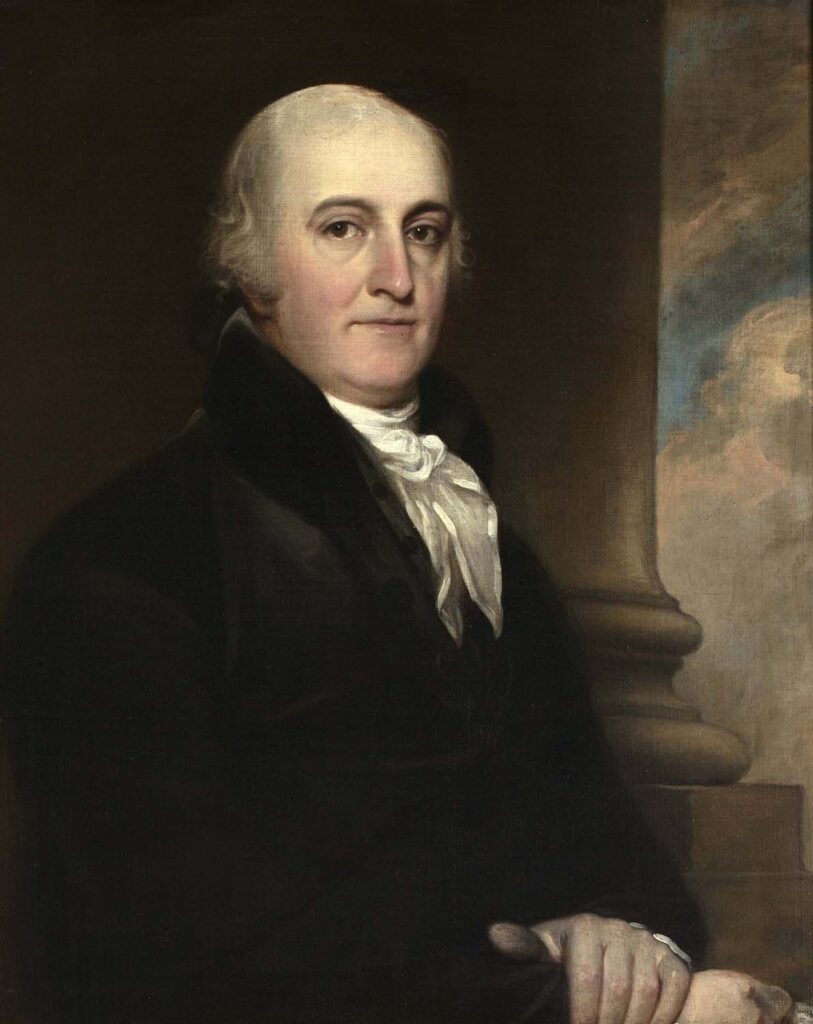
A City In Crisis
The city population doubled under his administration, so naturally basic civic neccessities like water and disease control became the focus of his attentions. So what were his governing views?
Like Hamilton and John Jay, Varick was a staunch Federalist, believing in a strong centralized government and a robust national banking system. Federalists were also aristocratic and often elitist, and Varick was frequently at odds with the city’s rising artisan class who favored the more democratic leanings of national politicians like Thomas Jefferson and James Madison.
Varick used his position to punish anti-Federalist New Yorkers. In 1791 he threatened to revoke the licenses of any cartmen who voted against Federalist candidates in future elections.
In fact, due to his support of the quite unpopular Jay Treaty in 1794, the “arrogant and elitist” Varick was almost literally driven out of City Hall by a mad riot.
His political posturing insured that New Yorkers would never really like Varick. Still he continued to be appointed to the job year after year — by both Republican governors (George Clinton) and Federal ones (John Jay), most likely based on his reputation during the war.
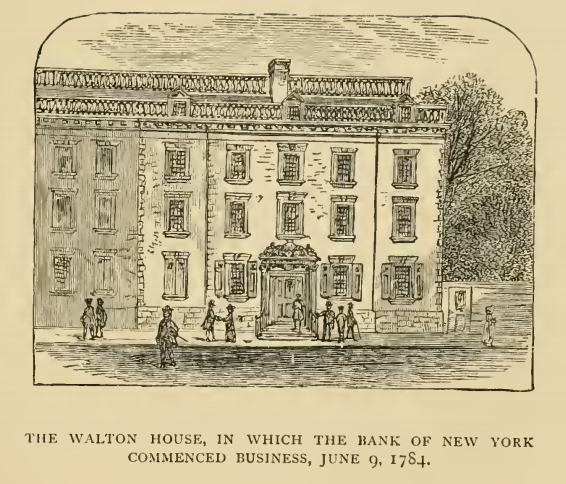
The political bickering between factions failed to stunt the growth of the city, both in terms of its physical size and its prominence as the financial center of the new nation, of which Varick played no small part. (He was the director of a few small fledgling banks, including Alexander Hamilton’s special project the Bank of New York.)
Another change during Varick’s term would alter the course of New York politics forever.
In 1797, New York state government responsibilities moved out of the city to Albany, allowing the city bureaucracy to grow but setting the stage for future animosities between state and local leaders. In other words, the roots of Andrew Cuomo vs. Bill De Blasio begin here.
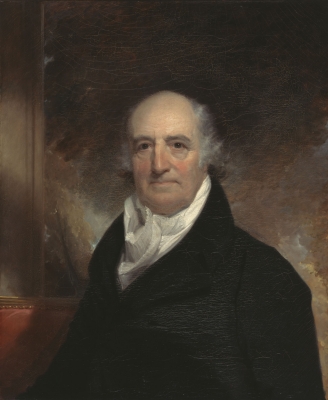
Founding Father of Jersey City
With the ascent of the Democratic-Republican Thomas Jefferson to nationwide office, Federalists were on the wane, and Varick was replaced by the more amenable Edward Livingston.
Varick, on the outs in New York, returned to New Jersey where he helped found Jersey City. Varick died there on July 30, 1831. For the residents of NJ’s second-largest city, Varick is most certainly not forgotten.
And thousands everyday take lower Manhattan’s Varick Street to the Holland Tunnel which arrives on its New Jersey side into the city which Varick founded.
This article is newly written and expanded from an earlier version published in 2007.

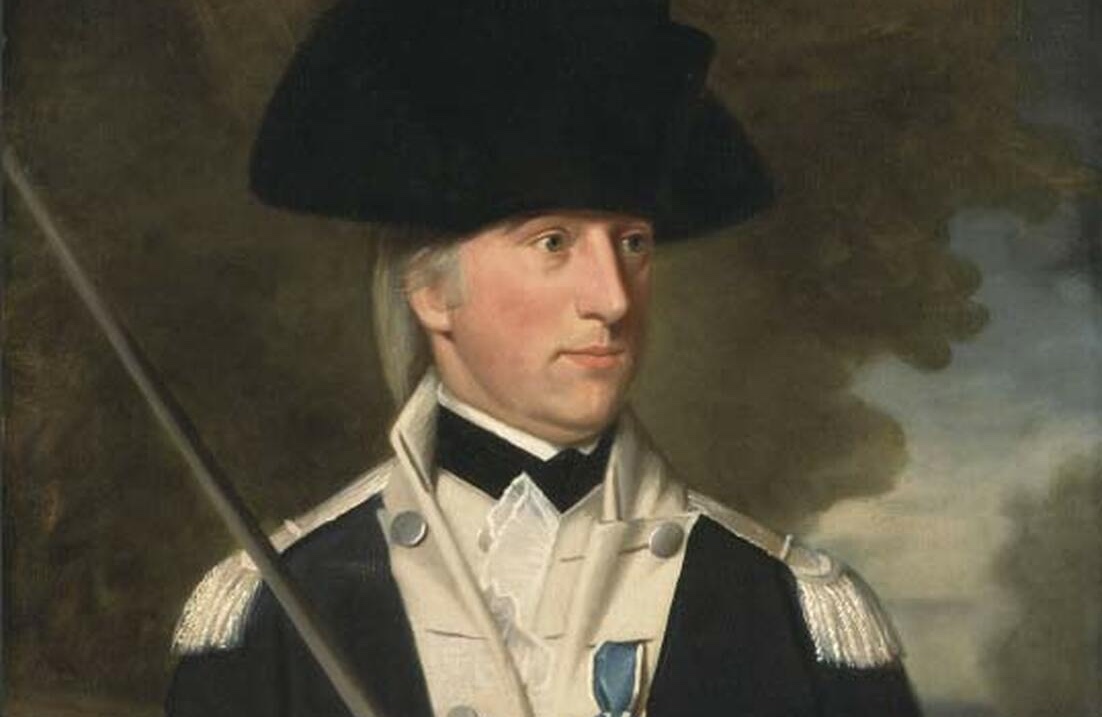
9 replies on “Meet Mayor Richard Varick, New York’s ‘forgotten Founding Father’”
I’ve been researching the famous African-American preacher, James Varick (born c. 1750) whose mother was a slave in the Varick family in Hackensack. His father was Richard Varick, born around 1728 and of Dutch origin. Perhaps James Varick was Mayor Richard Varick’s cousin.
Mayor Richard Varick’s father was Jan (John)Varick. Jan Varick had a brother named Richard who may have been the father of James Varick.
James Varick and Richard Varick, as well as his older brother, Abraham Varick (my gggg-grandfather) were first cousins about the same age and surely knew each other well since they early attended the very same church in childhood.
That’s very interesting and I would like to know more from you on this topic. My interest in Richard is through researching the Dey family. Richard’s mother was Jane Dey, the sister of Col. Theunis Dey (Dey Mansion, NJ).
Dr Henry REEDER purchased the Dey property (600 acres) circa 1840. Dr Reeder’s wife Mary Ann (Laing) was my wife’s Gt gt grandfather’s sister. See comment below. Any information on the Reeder family sought.
both Col. Richard Varick and Bishop James Varick are my second cousins 5x removed.
We have an interest in Varick. Dr Henry REEDER purchased the Dey property in the 1840s. Dr Reeder’s wife Mary Ann Reeder, (ms. LAING) was sister to my wife’s Gt gt Grandfather John Laing. Both John and Mary Ann were born in Jamaica but returned to England in 1800 with their family. Mary Ann married Dr Reeder in 1926. They moved to America with their children in October 1840. We would be interested in any information on this family.
For ‘1926’, above please read 1826. (Typo) Thanks, TCS.
I have some papers that tie back to Richard Varick “the brother” I guess at this point. We speculate that James Varick’s (AME Church) mother was a slave to Richard. Does anyone know if her name was ever recorded somewhere?
I researched this many many moons ago, and I want to say that the confirmation to what you’re saying was within Richard Varick’s last will and testament. I could be wrong on that however as it was so, so long ago. I sadly do not remember if his slave mother’s name was listed but I do remember her being indicated (I think in the will). I’m not sure I still have that information but if I find it, I will come back here and leave it with you. I found it very interesting too that his black son, James, attended school in what I remember to be a white school and one with some prominence I believe. Again, I could have that not entirely correct seeing the 10+ years ago I looked into this, but I think that’s right. I do remember for sure one thing, the Richard Varick that fathered the son from his black slave remained married to his wife through it all. He and his wife were never able to have children either, so the son mentioned was Richard’s only child noted. It’s possible if you start Googling his will, you might find some of this information. It’s worth a shot.